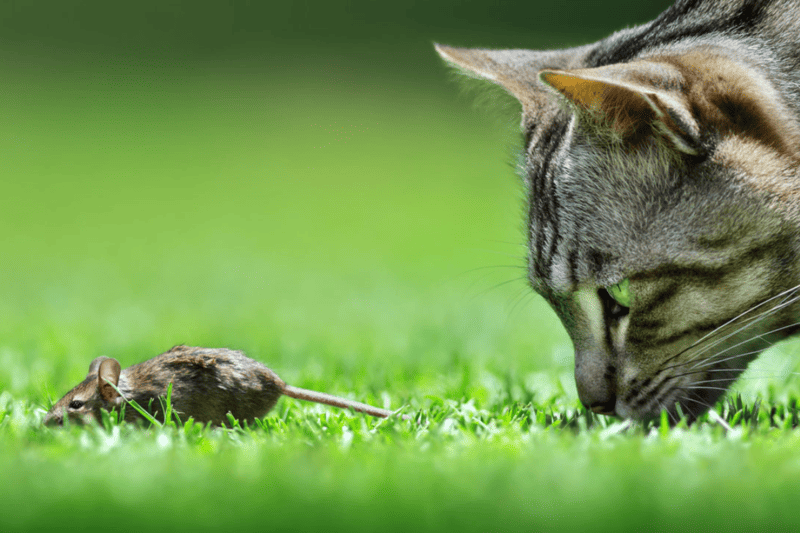Welcome to an eerie reality where nature’s darkest nightmares come to life – a realm inhabited not by the supernatural undead of fiction, but by real-life zombies lurking in the shadows of forests, fields, and even the depths of the ocean. From the insidious fungal puppetry of Cordyceps to the parasitic nature of mind-controlling parasites and mites. This natural world teems with chilling examples of creatures that manipulate and hijack the bodies and minds of their hosts, blurring the lines between life and death in a sinister battle of survival and exploitation. Join us as we delve into the spine-tingling depths of nature’s own horror show, where the boundaries between predator and prey, life and death, are disturbingly blurred.
Parasite that Alters Mice Minds

In a groundbreaking revelation, a study published in PLoS ONE unveils the profound influence of Toxoplasma gondii, a ubiquitous parasite. The study focused on the behavior of mice, hinting at potential permanent alterations in specific brain functions even after the parasite becomes undetectable. While known to infect a staggering one-third of the global human population, Toxoplasma’s impact on rodents proves particularly intriguing. Typically, rodents exhibit an innate fear of feline predators, yet Toxoplasma-infected rodents actually display an attraction to cat odors, suggesting a strategic adaptation by the parasite to ensure its transmission.
Furthermore, intriguing parallels between Toxoplasma infection and behavioral changes in humans prompt speculation about therapeutic interventions targeting the parasite’s replication mechanisms, particularly in individuals with schizophrenia who exhibit a higher prevalence of Toxoplasma infection. Central to understanding the enigma of Toxoplasma’s influence is its course of action within the host’s brain.
The parasite establishes persistent infections through the formation of microscopic cysts, which may alter neurotransmitter activity, particularly dopamine levels, culminating in profound behavioral shifts. However, recent research challenges conventional wisdom by revealing that the behavioral effects persist long after the parasite becomes undetectable, suggesting a more complex relationship between the parasite and host neurobiology.
